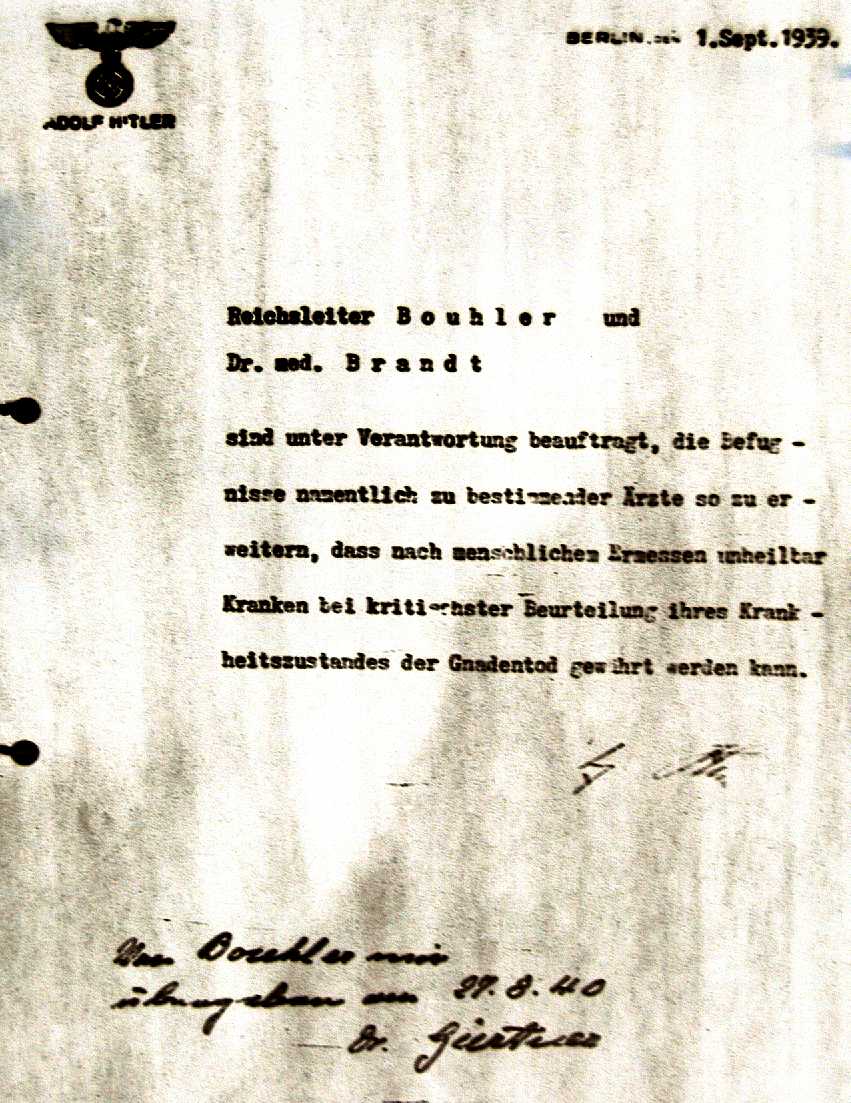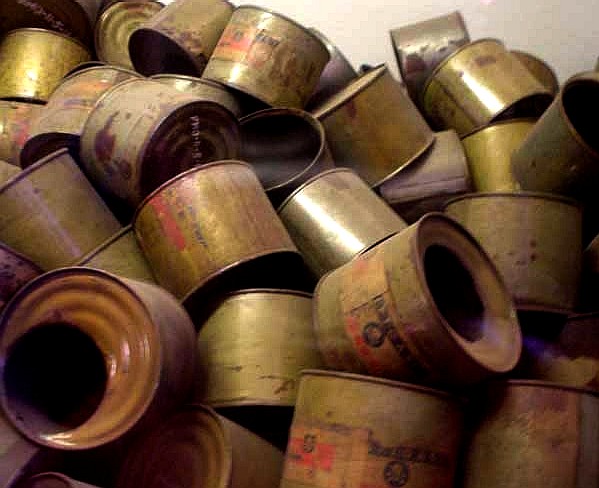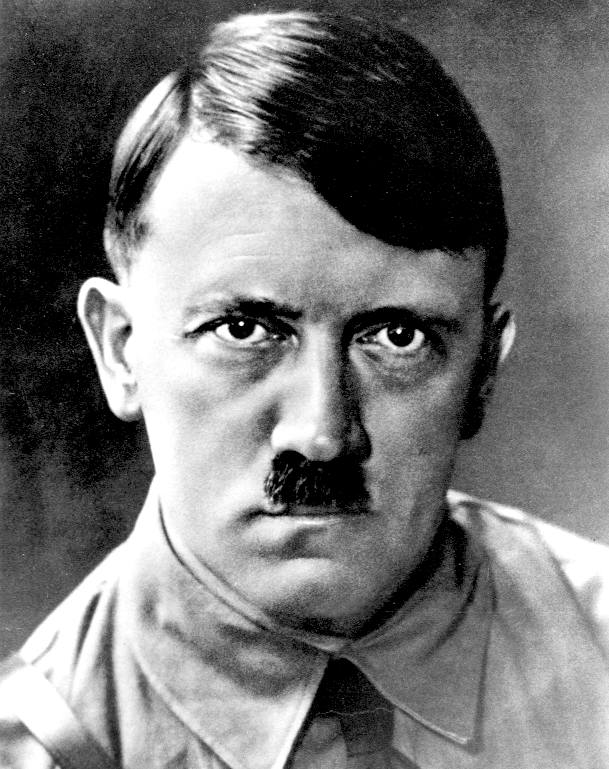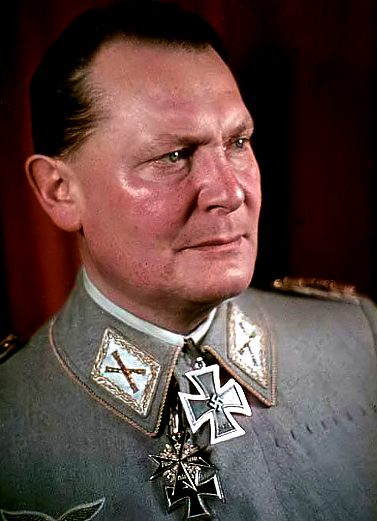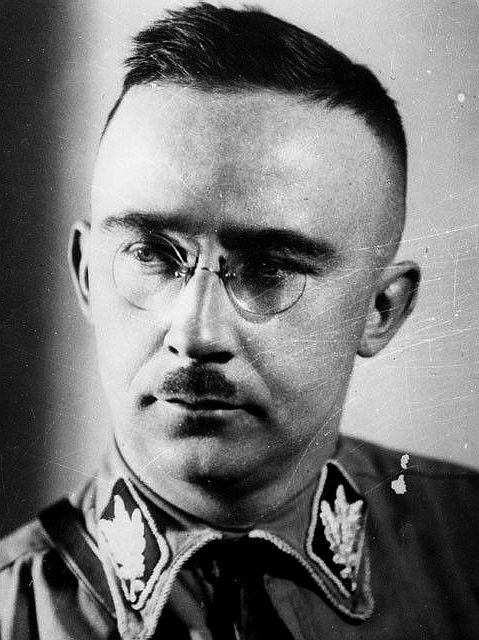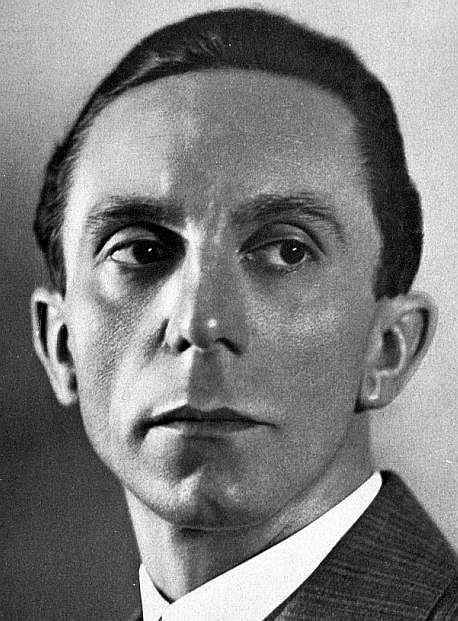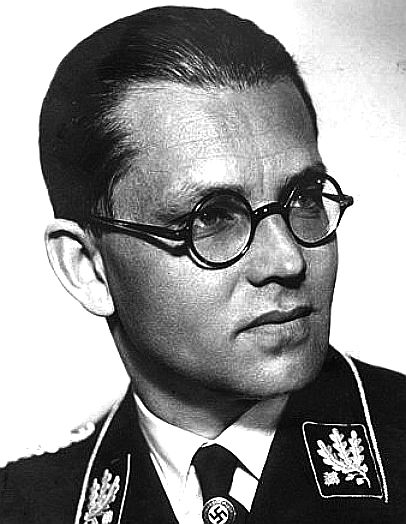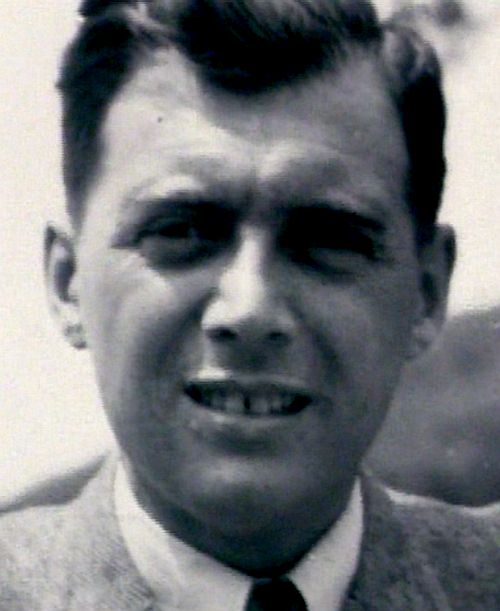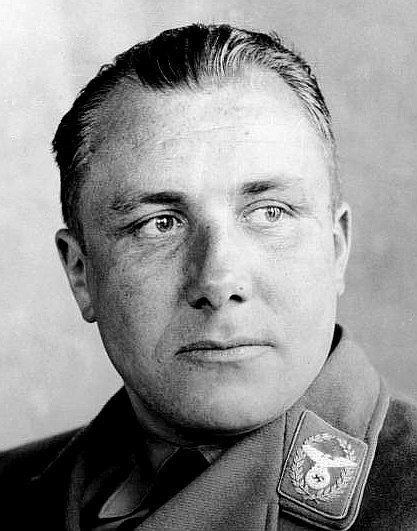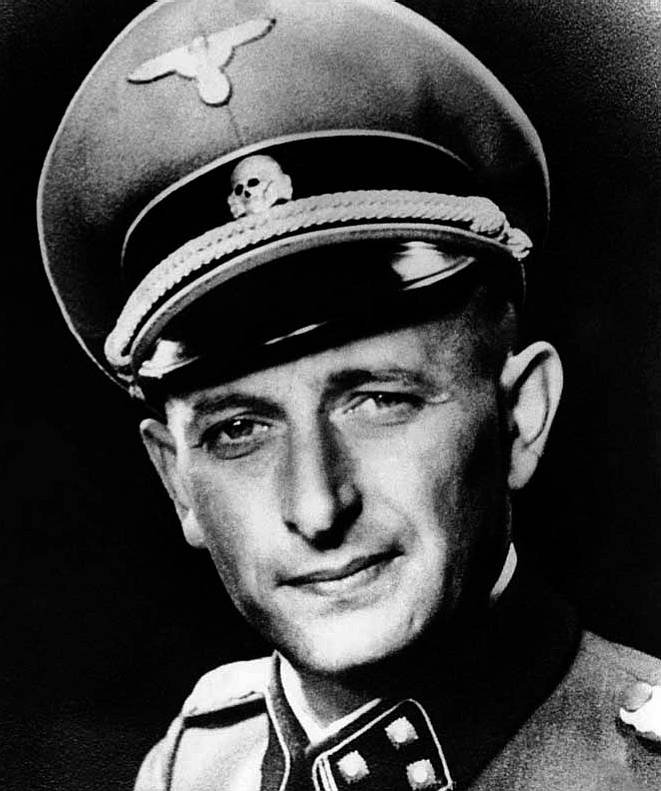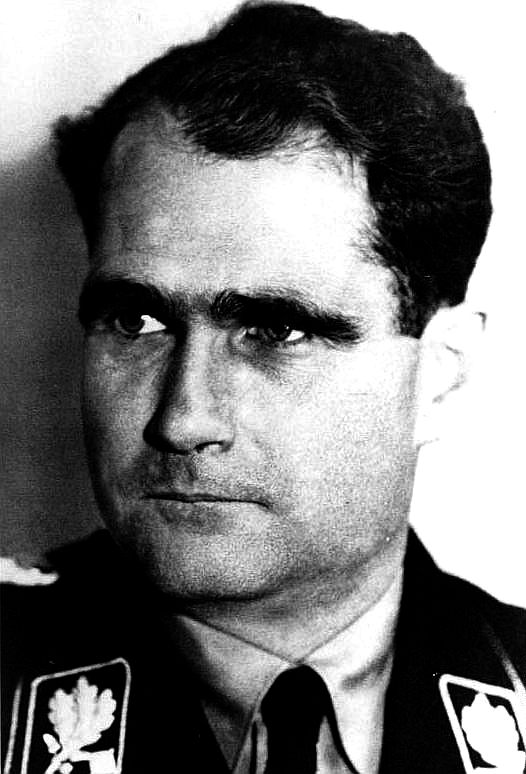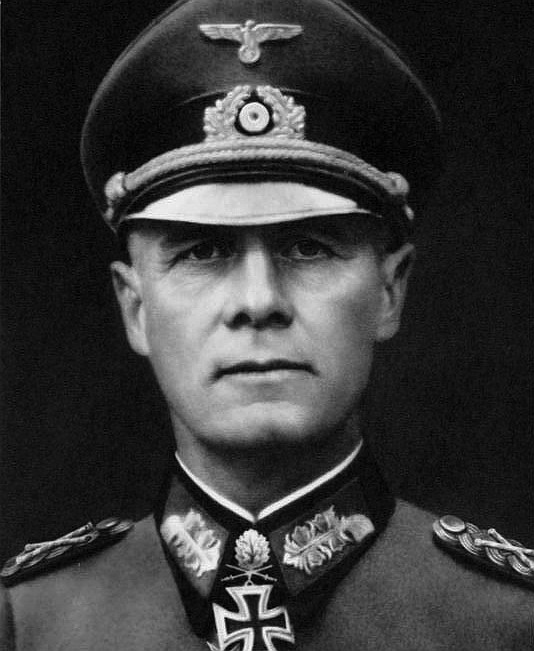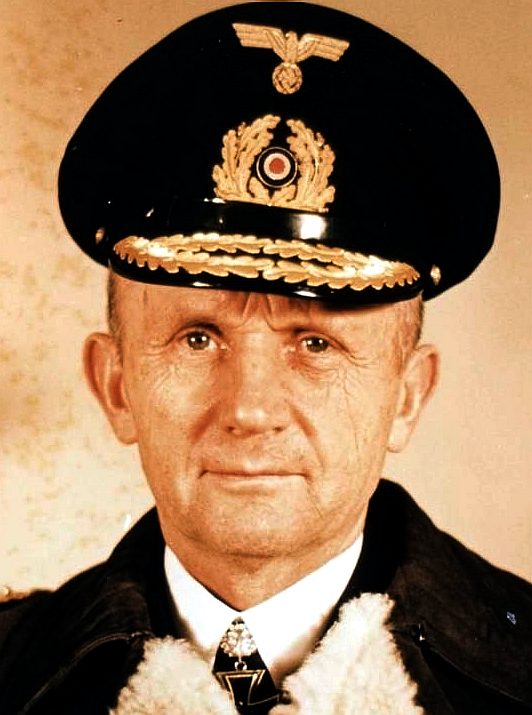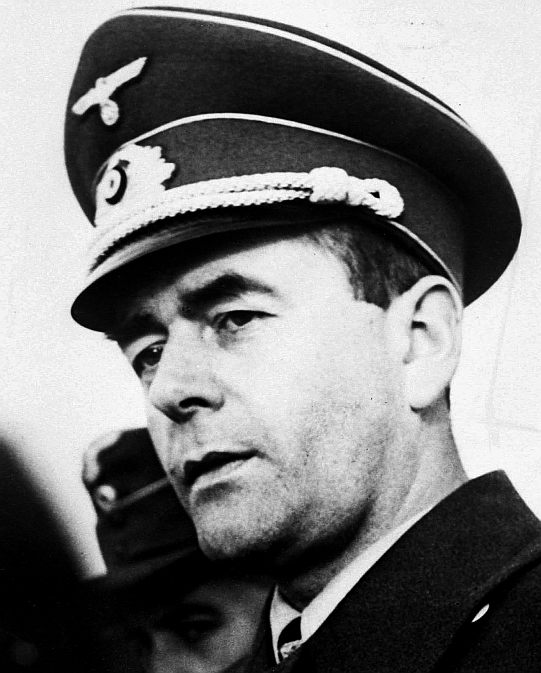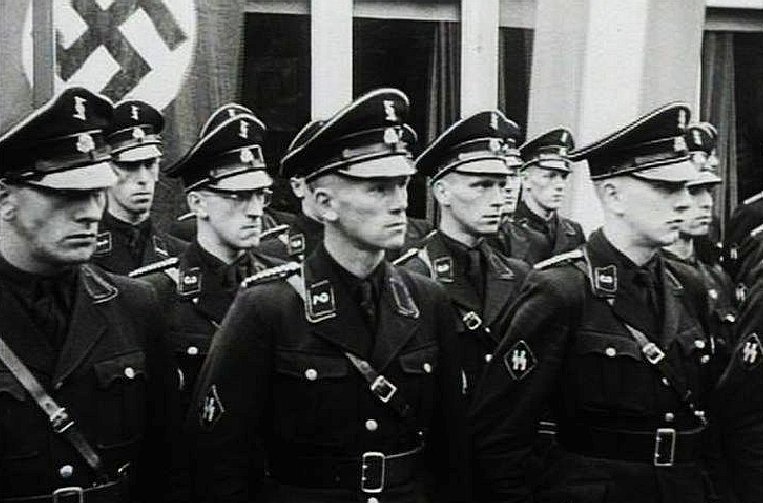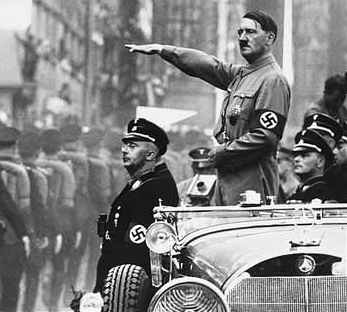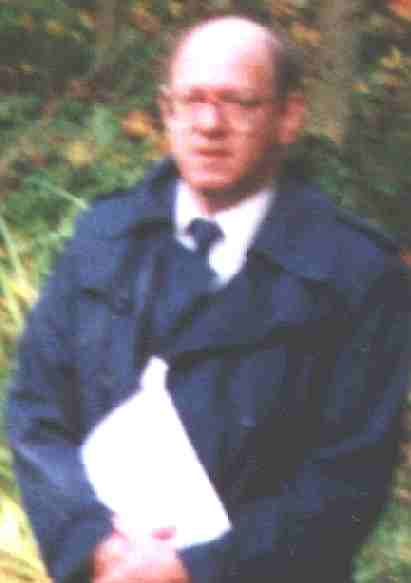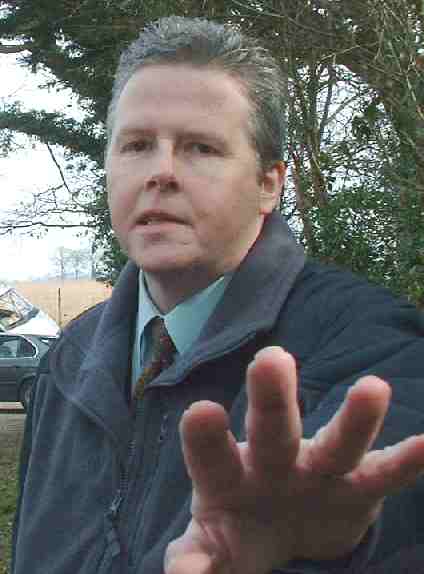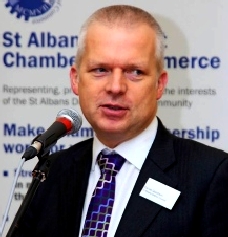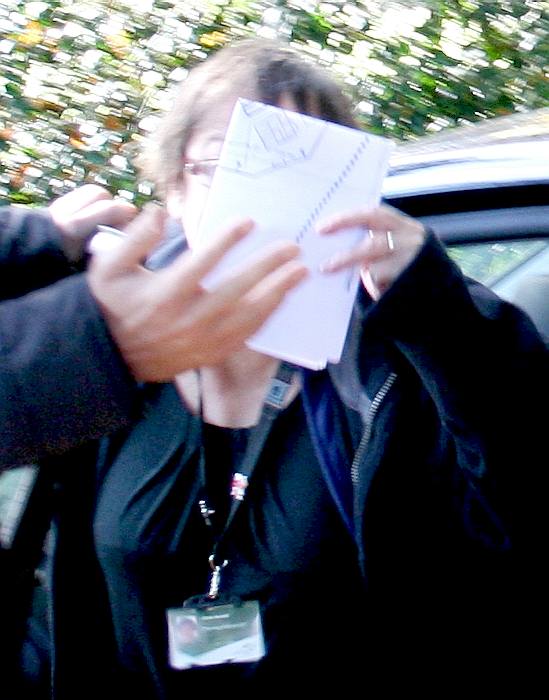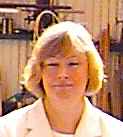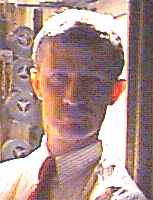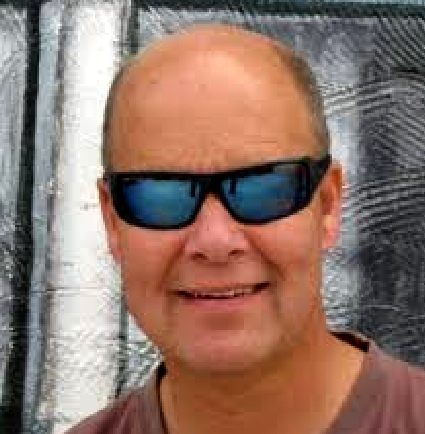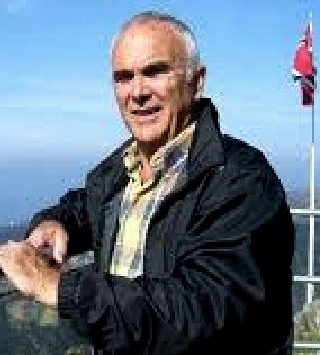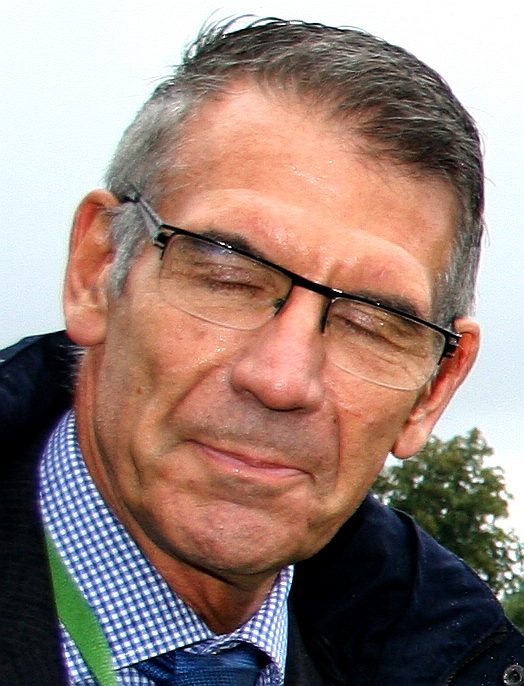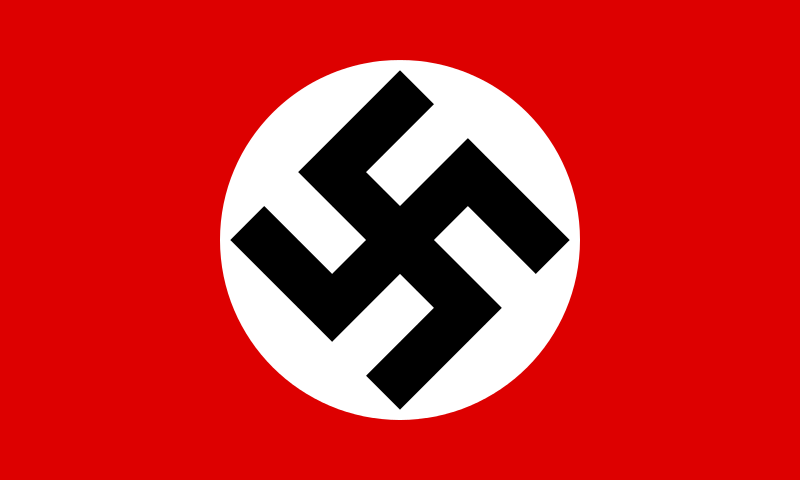|
ZYKLON B
HOME | CASE STUDIES | HISTORY | HUMAN RIGHTS | LAW | POLICE | POLITICS | RIGHTS | SHIT CREEK | SITE INDEX |
|||||||||||||||
|
A letter from Adolf Hitler to Phillip Bouhler and Dr Brandt authorising the programme that would lead to the death camps.
In early 1942,
Zyklon B emerged as the preferred killing tool of Nazi Germany for use in extermination camps during the Holocaust. The chemical was used to kill roughly one million people in gas chambers installed in extermination camps at Auschwitz-Birkenau, Majdanek, and elsewhere. Most of the victims were Jews, and by far the majority killed using this method died at Auschwitz. Zyklon B was supplied to concentration camps at Mauthausen, Dachau, and Buchenwald by the distributor Heli, and to Auschwitz and Majdanek by Testa. Camps also occasionally bought Zyklon B directly from the manufacturers. Of the 729 metric tons of Zyklon B sold in Germany in 1942–44, 56 metric tons (about 8 percent of domestic sales) were sold to concentration camps. Auschwitz received 23.8 tons, of which 6 tons were used for fumigation. The remainder was used in the gas chambers or lost to spoilage (the product had a stated shelf life of only three months). Testa conducted fumigations for the Wehrmacht and supplied them with Zyklon B. They also offered courses to the SS in the safe handling and use of the material for fumigation purposes. In April 1941, the German agriculture and interior ministries designated the SS as an authorized applier of the chemical, and thus they were able to use it without any further training or governmental oversight.
Nazi Germany made extensive use of various types of gas chamber for mass killing.
By the time the Germans invaded Poland in September 1939, unleashing World War II, there were six concentration camps in the so-called Greater German Reich:
1. Dachau (founded 1933)
2. Sachsenhausen (1936)
3. Buchenwald (1937)
4. Flossenbürg in northeastern Bavaria near the 1937 Czech border (1938)
5. Mauthausen, near Linz, Austria (1938) and
6. Ravensbrück, the women's camp, established in Brandenburg Province, southeast of Berlin (1939), after the dissolution of Lichtenburg.
..
WHO WE WERE FIGHTING AGAINST FROM 1939 TO 1945
Adolf Hitler and chum Heinrich Himmler [Allegedly, Adolf Hitler did not die in that bunker incident C.1949. Apparently, he was fired into England, strapped to a V1 rocket, leaving behind his false teeth. He parachuted into Wealden that night hoping to meet some deviants, who'd arranged a new identity for their fallen comrade. Apparently, he landed in Crowborough, shaved off his moustache and was mistaken for a council official, whereupon he infiltrated the ranks of the local council and trained them how to use his terror tactics to control the peasant civilians]
Victorio Scarpa, David Whibley, Julian Black, Daniel Goodwin, Christine Arnold, Patrick Coffey, Timothy Dowsett
Christine Nuttall, David Phillips, Douglas Moss, Ian Kay, Charles Lant, Beverley Boakes, Kelvin Williams Christine Nuttall, David Phillips, Douglas Moss, Ian Kay, Charles Lant
Abbott Trevor - Alcock Charmain - Ditto - Arnold Chris (Christine) - Barakchizadeh Lesley - Paul Barker - Bending Christopher Black Julian - Boakes Beverley - Bradshaw Clifford - Brigginshaw Marina - Brown Ashley - Coffey Patrick - Douglas Sheelagh Dowsett Timothy - Flemming Mike - Forder Ralph - Garrett Martyn - Goodwin Daniel - Henham J - Holness Derek Hoy Thomas - Johnson Geoff - Kavanagh Geoff - Kay Ian - Kay I. M. - Barbara Kingsford - Lant Charles - Mercer Richard Mileman Niall - Moon Craig - Moss Douglas, J. - Nuttall Christine - Pettigrew Rex - Phillips David - Scarpa Victorio - Scott Trevor Kevin Stewart - Wakeford M. - Whibley David - White, George - Williams Kelvin - Wilson Kenneth - White Steve
LINKS & REFERENCE
|
|||||||||||||||
|
This site is free of © Copyright except where specifically stated 1997 - 2021. Any person may download, use and quote any reference or any link, and is guaranteed such right to freedom of information and speech under the Human Rights and Freedom of Information Acts. However, be aware that we cannot be held liable for the accuracy of the information provided. All users should therefore research matters for themselves and seek their own legal advice and this information is provided simply by way of a guide. Horse Sanctuary Trust UK All trademarks herby acknowledged. Contact Us.
This site contains copyrighted material the use of which has not always been specifically authorized by the copyright owner. We are making such material available in our efforts to advance understanding of environmental, political, human rights, economic, scientific, and social justice issues, etc. We believe this constitutes a 'fair use' of any such copyrighted material as provided for in section 107 of the US Copyright Law. In accordance with Title 17 U.S.C. Section 107, the material on this site is distributed without profit to those who have expressed a prior interest in receiving the included information for research and educational purposes. FAIR USE NOTICE
|
